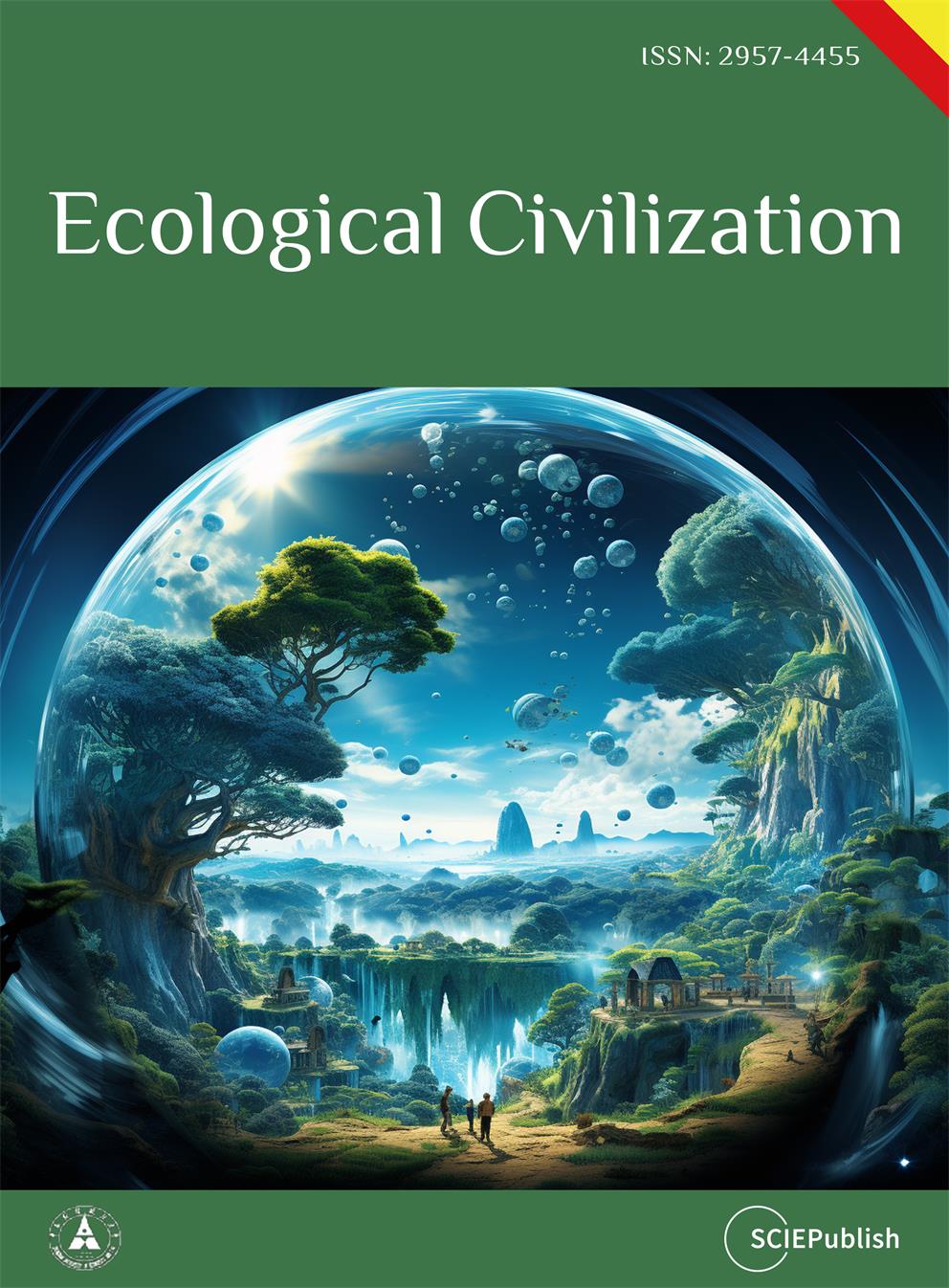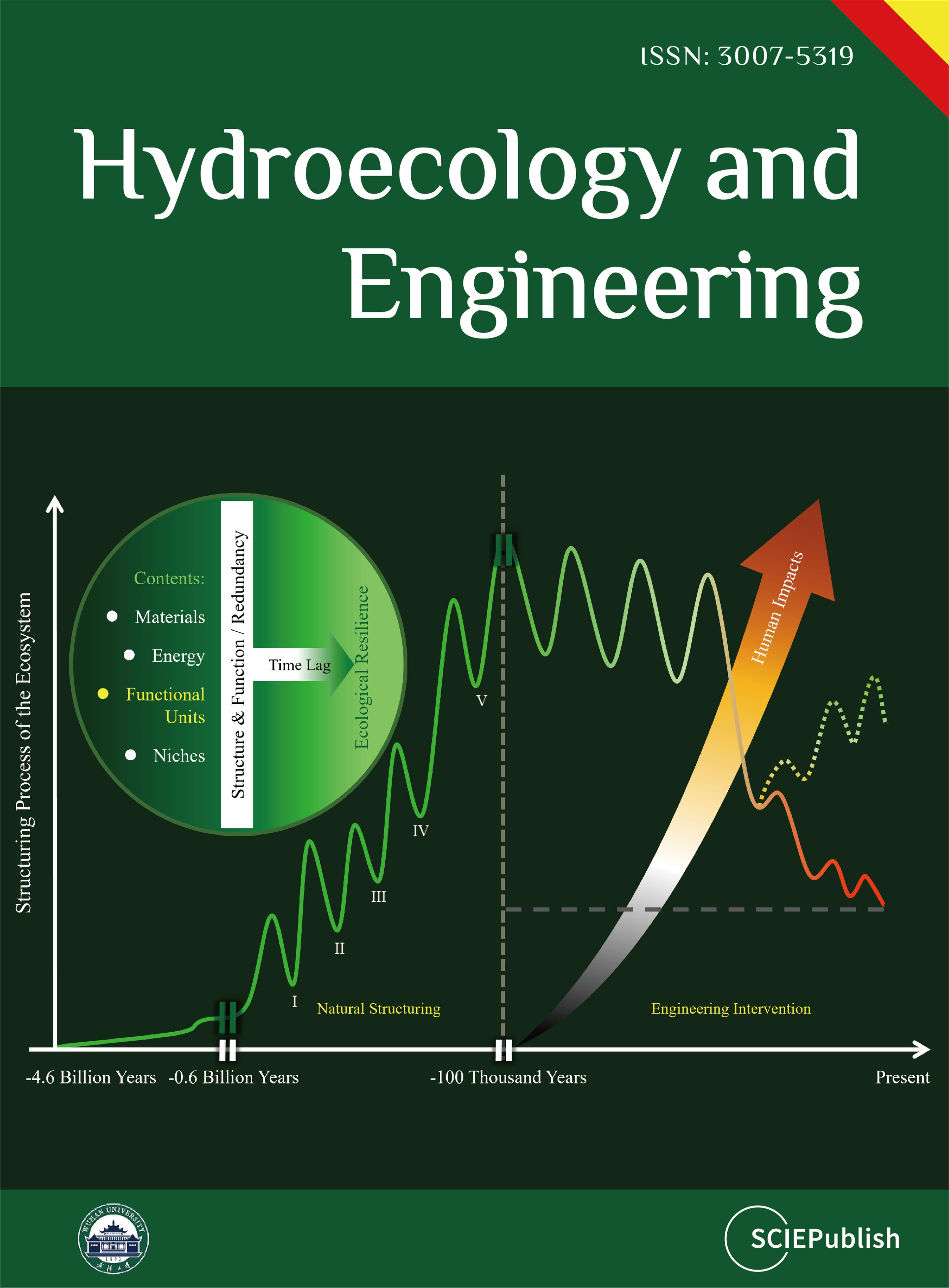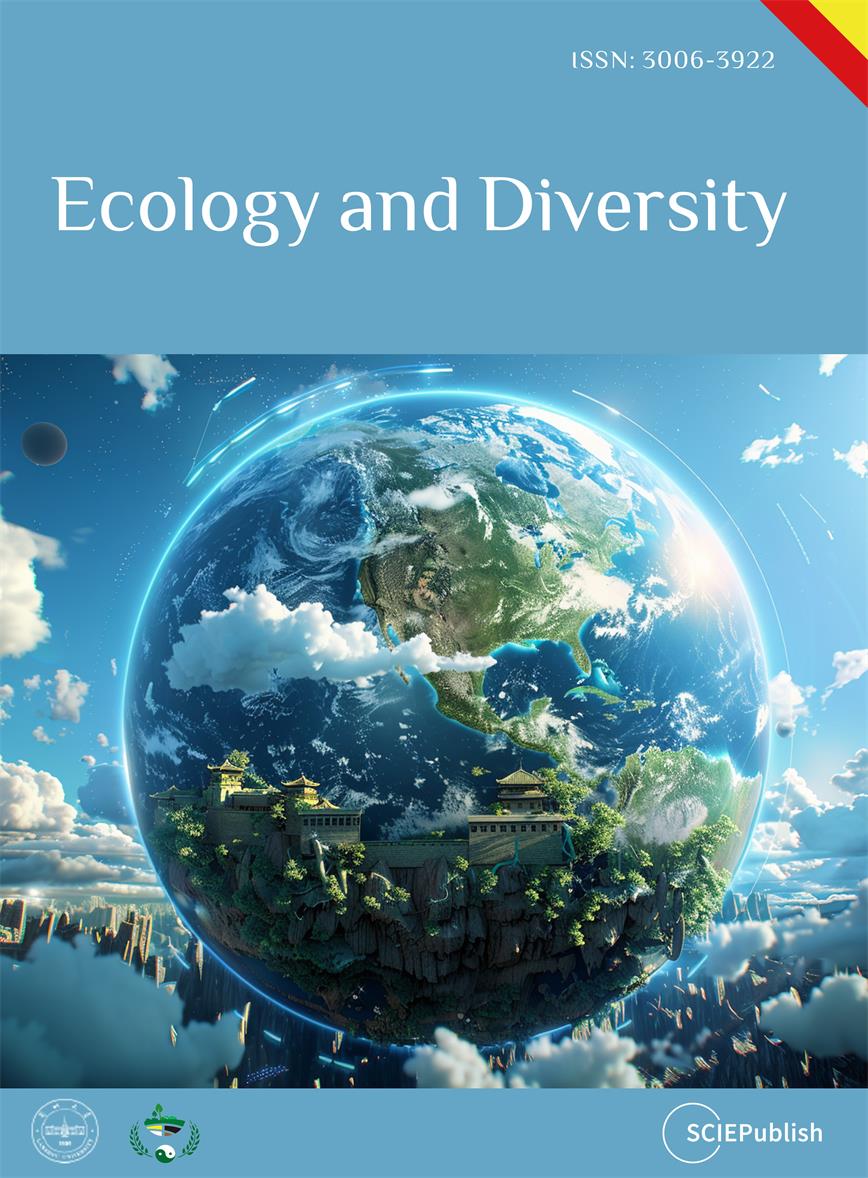Found 9 results
Article
25 April 2025Human Behavioral Ecology: Opportunities for Theoretically Driven Research on Human Behavioral Variation in China
Human behavioral ecology is an evolutionary framework that attempts to understand how adaptive human behavior maps on to variation in social, cultural, and ecological environments. It emerged as a coherent framework in the United States and the U.K. in the 1980s and has flourished as an explanatory framework ever since. The concentration of HBE scholarship in English-speaking countries has led to missed opportunities to engage other partners in testing and expanding human behavioral ecological models of human behavioral and life history variation. In this review, we provide a brief review of human behavioral ecology and describe opportunities for related scholarship in the Chinese context. We introduce human behavioral ecology holistically, including its history, methodological frameworks, pet topics, and recent integration with related fields, with a special emphasis on its recent integration with Chinese social, archaeological, and life sciences scholarship. We address potential criticisms of human behavioral ecology and how to ensure a robust and careful application of human behavioral ecology principles in the study of human behavior in China, past and present. We conclude with excitement as the remarkable variation in the Chinese behavioral landscape offers unparalleled opportunities for innovative and integrative studies.
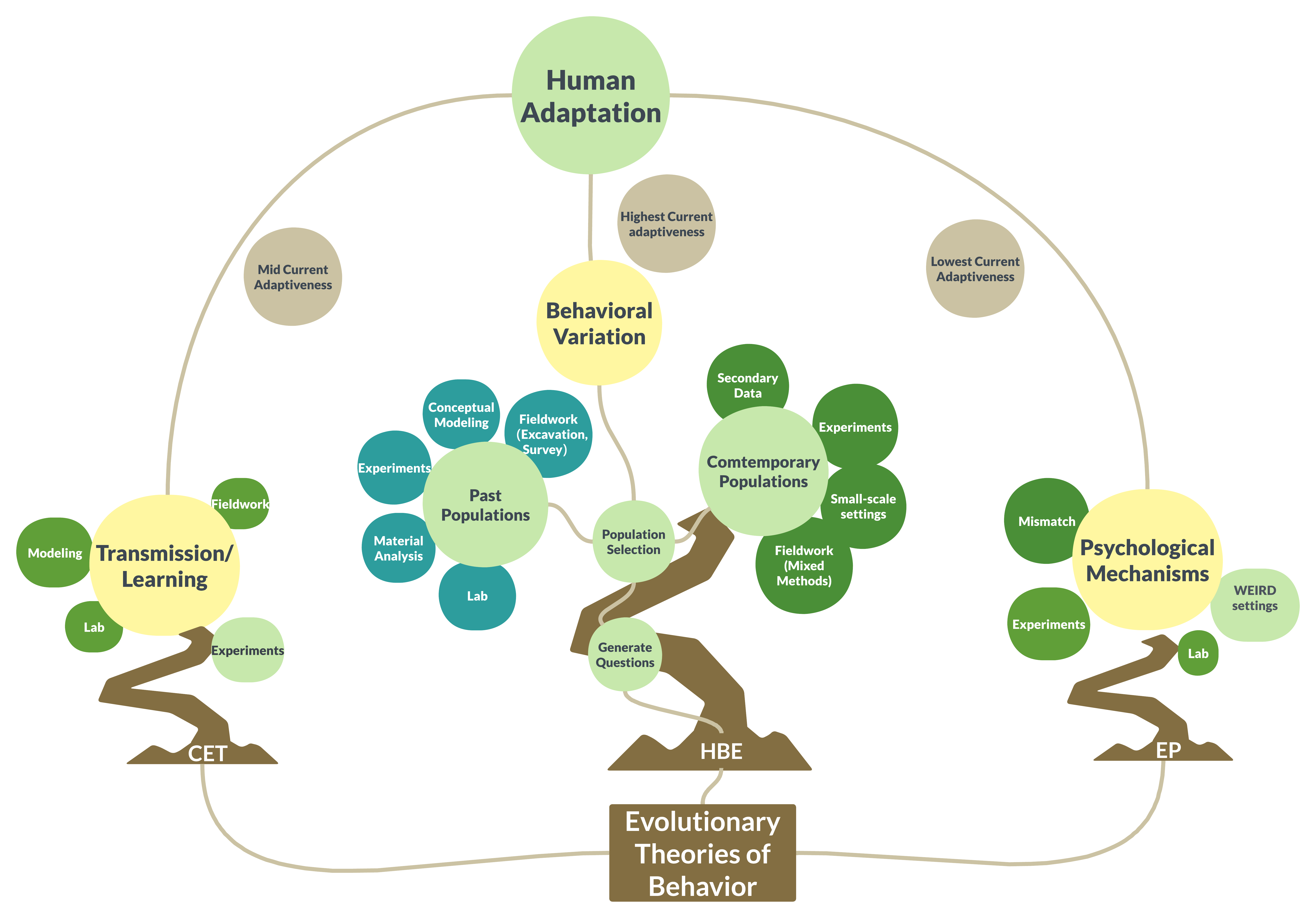
Article
18 April 2025Strata Use in a Canopy Beetle Community of a Lowland Neotropical Rainforest in Southern Venezuela
Stratification of tropical rainforests and their arthropods is highly pronounced. I hypothesize that the occurrence of rainforest canopy beetles in the understory is not random but related to the ecology of the taxa, such as feeding guilds and larval development. Therefore, the ecological characteristics of stratum generalists recorded in both the canopy and the lower understory were analyzed. Adult beetles were collected manually and with traps in the northern part of the Amazonian rainforest for a cumulative year. Seventy out of a total of 862 canopy beetle species from 45 families associated with 23 tree species were shared between both strata. The beetle families represented by most species in the canopy and ground samples were Curculionidae, Chrysomelidae, and Carabidae. For Elateridae and Scarabaeidae, the proportion of shared species between the strata was ≥20%. In contrast, the species-rich families (≥20 canopy species) Cerambycidae, Mordellidae, and Buprestidae did not comprise species sampled in both strata. Thus, beetle families comprising many stratum generalists are either largely predatory, or their larvae often develop in the soil.
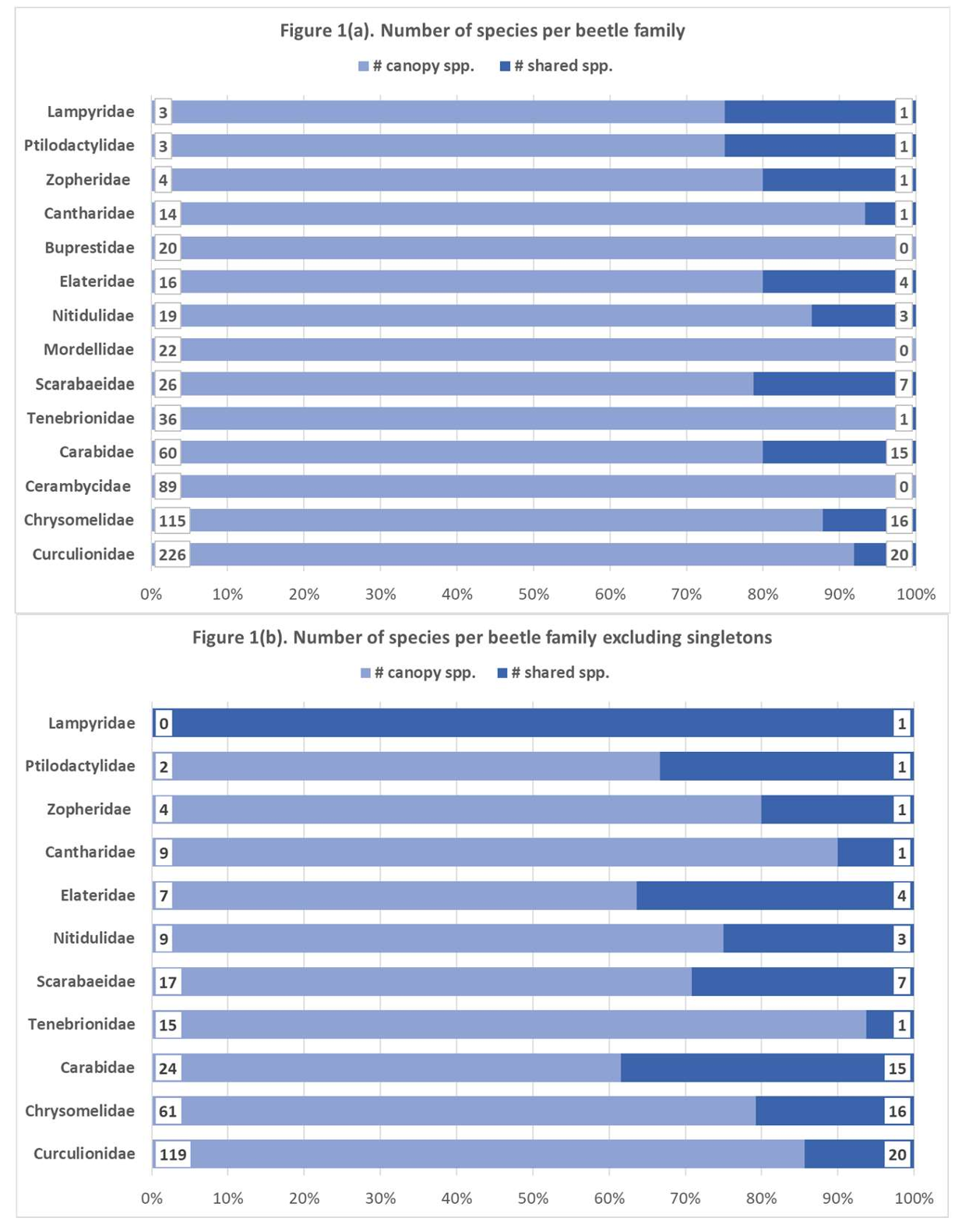
Article
15 November 2024Long-Term Change in Human Impact and Environmental Perceptions: A 40-Year Case Study of an Environment-Focused Non-Governmental Organization
Non-governmental environmental organizations are diverse in scope, goals and doctrine, ranging from natural history societies to green parties. It was from the 1960s that they became widespread worldwide. To characterize a French NGO and assess the changing trends in its objectives over time, we have qualitatively and quantitatively analyzed the journal it has published without interruption for 40 years: 140 issues, 4500 pages, and almost 250 keywords. The initial scope of the NGO was focused on ‘humans and nature’: we do not protect the environment against humans but with humans, i.e., at the same time as humans, which is the very definition of sustainable development, with its three-fold focus: nature, economy and social justice. The primary issues included recognizing water as a shared resource for all people, promoting sustainable agriculture and transportation (such as railways), advancing peace efforts, and protecting nature. This approach emphasizes a rigorous, evolving scientific perspective that goes beyond a focus on a few charismatic species (‘deluxe biodiversity’), embracing biodiversity in its entirety. Over time, the discourse has kept track of the shifting priorities of most Green parties: less and less focused on nature (e.g., forests, ecosystems) and more and more on social issues (e.g., health, housing, transport). However, it differs in not focusing on the idées fixes of the Greens (e.g., rejection of civil nuclear power, GMOs).
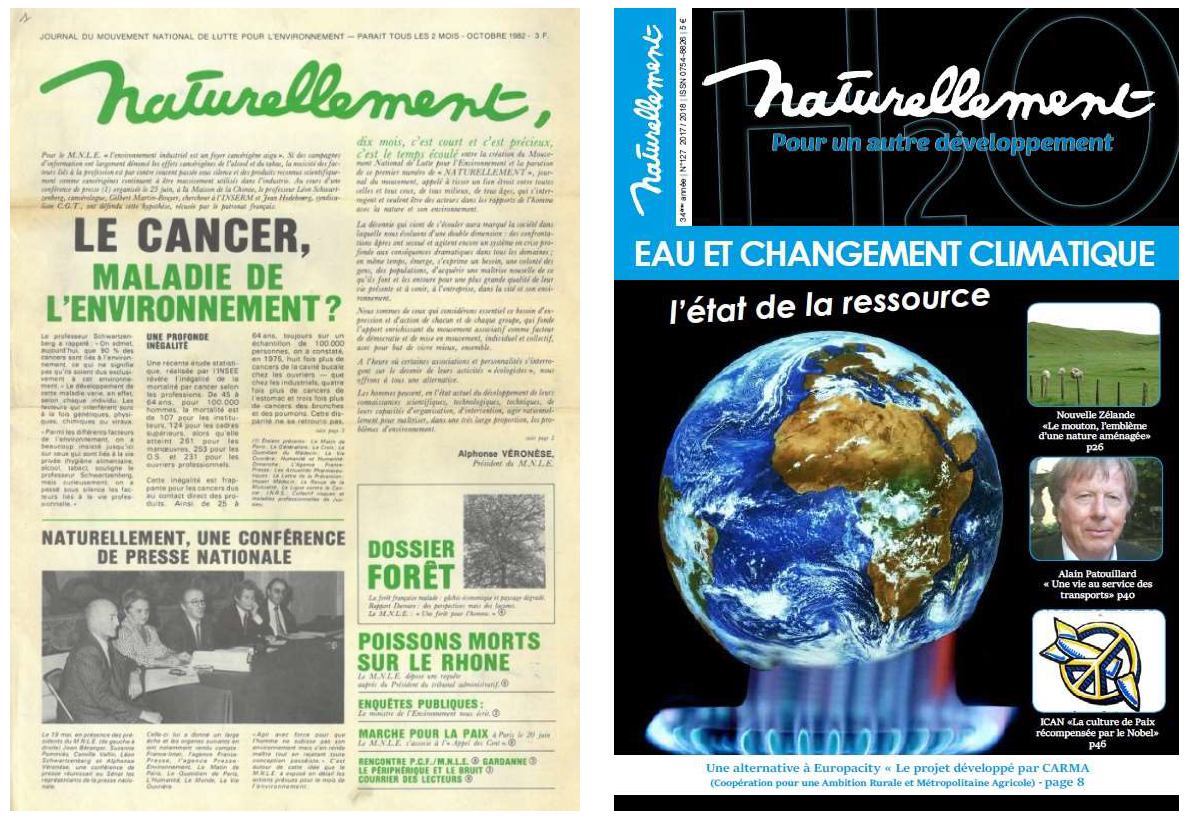
Article
26 September 2024Distribution Patterns of Tigers and Leopards in Thung Yai Naresuan (East) Wildlife Sanctuary, Western Thailand
Examining the distribution patterns of sympatric large carnivores provides critical insights into the roles of prey availability and human disturbances in shaping the landscape use of these key predators. The Thung Yai Naresuan (East) Wildlife sanctuary (TYNE) in western Thailand has been presumed to be a natural stronghold for tigers (Panthera tigris), leopards (Panthera pardus), and large ungulates, but little was known about their habitat relationships there. During April 2010–February 2012, camera trap surveys (n = 106 camera trap locations; n = 1817 trap nights) and sign surveys (n = 493 km of transects) were designed to systematically cover overlapping areas of 925 km2 and 1421 km2, respectively, to characterize and evaluate tiger and leopard distribution in TYNE. Occupancy modeling was used to estimate the potential environmental and anthropogenic factors that best explained habitats used by these large carnivores. The predictive model of tiger and leopard occupancy from surveys at the same sampling scale revealed similar relationships between limiting factors and space use. Camera surveys show that tigers are more likely than leopards to inhabit areas where gaur (Bos gaurus) and sambar (Cervus unicolor) are frequently found.. Sign surveys from across TYNE also indicated tiger distribution was characterized by the presence of large ungulates, as well by areas with high ranger patrol effort; leopard distribution was characterized by a higher occurrence of smaller barking deer (Muntiacus vaginalis) and wild boar (Sus scrofa), and by areas with low human disturbance. Our findings suggest that tigers and leopards have specific habitat preferences within the TYNE, with tigers showing a preference for areas with larger ungulates. In contrast, leopards are more likely to be found in areas with smaller prey. Human settlement areas and disturbance activities were identified as key factors influencing the distribution of both species, limiting their range to the central to the eastern part of the sanctuary.
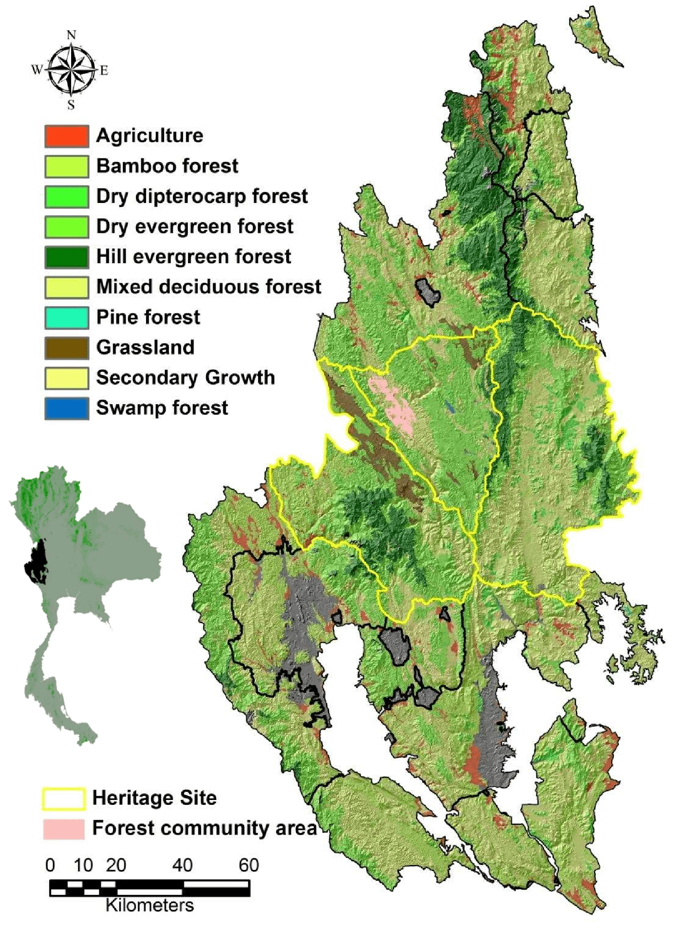
Article
23 May 2024Proposal for A Systemic Human Ecological Turn for Health Science and Medicine
Industrial development processes, accompanied by extreme growth processes, regards world population, pollution, food production and the exploitation of natural resources have caused severe ecological problems. This has been well known since 1972 through the study ‘The Limits to Growth’, in which humanity and the world society was called upon to make an ecological turn and to change its consumption model and the type of economic development that was not suited to finite natural resources (or a finite planet). However, the relationships between the state of the environment and human health have hardly been considered, although an ecological view of health was already proposed by Hippocrates, and as in the meantime, the technical terms “Environmental Health” and “Environmental Medicine” have become established at universities. It is only in recent times that global terms such as climate medicine, One Health, Eco Health, etc. have become powerful pragmatic and action-oriented initiatives. They can be understood as calls for a worldwide health-related ‘ecologization’ of (health) culture. Regarding these approaches we highlight theoretical and metatheoretical aspects, since in general, any real action is only as good as the analytical quality of the plan that serves as a guide for that action. From this point of view, we find that these approaches exhibit striking weaknesses. These are, among other things: the neglect of epistemological challenges combined with inconsistent conceptualizations of the category environment, the very superficial models of human beings, weaknesses of ecological frameworks in relation to the macro-, meso- and micro-eco-social levels of the targeted topics, and a vague notion of systems methodology. Following on from this, we call for an explicit social-/human-ecological framework (New Viennese School, Australian School) for environmental health issues as it has been established for decades in the field of environmental, sustainability and transformation sciences.
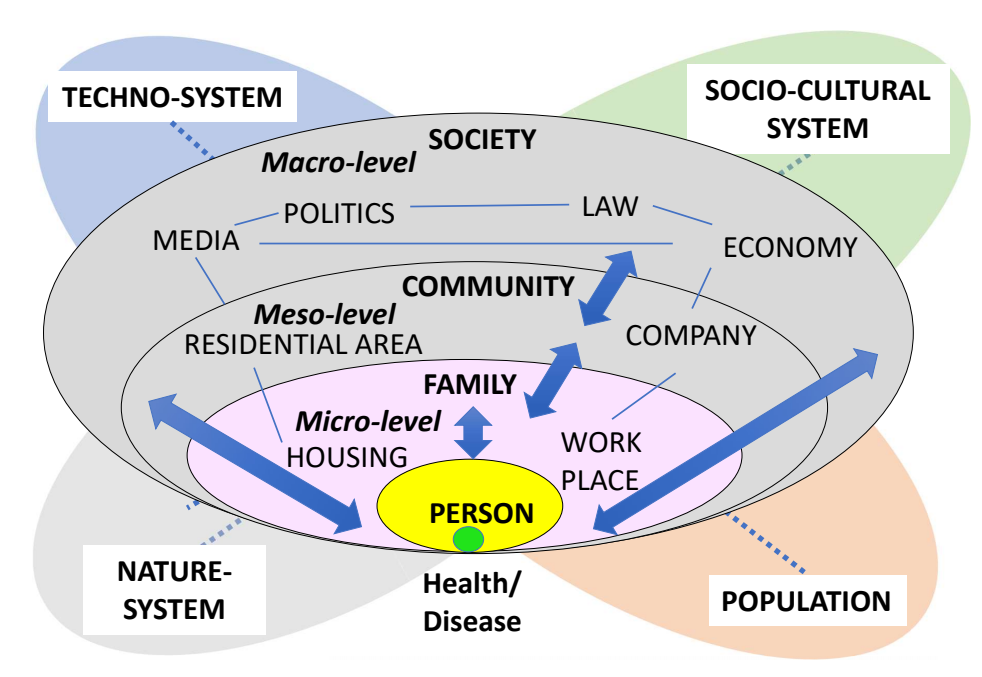
Review
08 November 2023Review on Drone-Assisted Air-Quality Monitoring Systems
Drone-aided systems have gained popularity in the last few decades due to their stability in various commercial sectors and military applications. The conventional ambient air quality monitoring stations (AAQMS) are immovable and big. This drawback has been significantly overcome by drone-aided low-cost sensor (LCS) modules. As a result, much research work, media information, and technical notes have been released on drone-aided air quality and ecological monitoring and mapping applications. This work is a sincere effort to provide a comprehensive and structured review of commercial drone applications for air quality and environmental monitoring. The collected scientific and non-scientific information was divided according to the different drone models, sensor types, and payload weights. The payload component is very critical in stablility of the multirotor drones. Most study projects installed inexpensive sensors on drones according to the avilibility of the space on drone frame. After reviewing of multiple environmental applications the common payload range was 0 gm to 4000 gm. The crucial elements are addressed, including their relation to meteorological factors, air isokinetics, propeller-induced downwash, sensor mounting location, ramifications etc. As a result, technical recommendations for AQ monitoring assisted by drones are addressed in the debate part. This work will help researchers and environmentalists choose sensor-specific payloads for drones and mounting locations. Also, it enables advanced methods of monitoring parameters that help policymakers to frame advanced protocols and sensor databases for the environment and ecology.
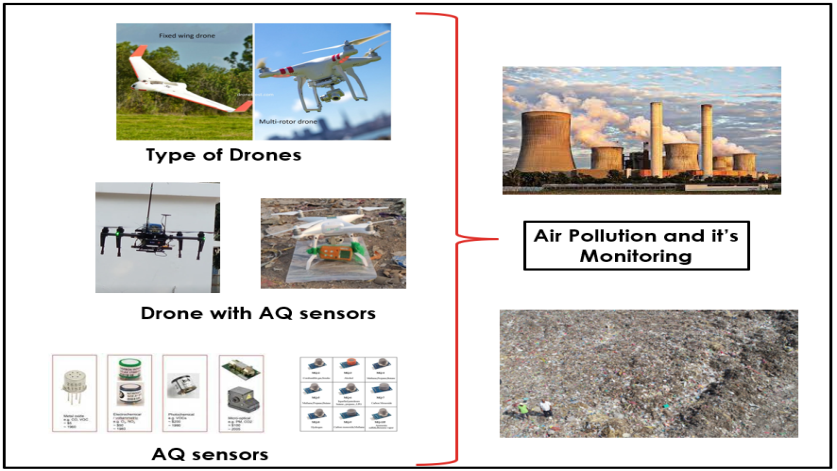
Article
11 May 2023Roots of (and Solutions to) Our Ecological Crisis. A Humanistic Perspective
Research into the sources of contemporary ecological crisis as well as ways to overcome it has been conducted for several decades. Rich academic literature provides numerous attempts to identify the causes of the crisis and its solutions. The ecological crisis is extremely complex and variously conditioned. Therefore, I focus on determining only two sources of the crisis and, respectively, two solutions. Since the late 1960s, monotheistic religions, Christianity in particular, have been made responsible for the environmental crisis. Christianity is accused of forwarding two theses which are harmful to the environment: 1. The sole purpose of nature is to serve man. 2. By God’s will, man is endowed with unlimited power over nature. I attempt to overcome this understanding of the source of the crisis by showing the interpretation of the Bible which contradicts the above-mentioned theses. Moreover, I show “the ecological potential” of the Judeo-Christian and Muslim traditions. As the second source of the crisis I indicate modern thought: 1. Man’s alienation from nature as the result of the Cartesian division of reality into res cogitans and res extensa. 2. Francis Bacon’s program: the study of nature is the task of natural sciences alone; nature is devoid of value in itself. 3. The mathematization of nature made it possible for the natural and technical sciences to develop rapidly, which contributed to the industrial revolution. I look for an antidote to this cause of the crisis in Klaus M. Meyer-Abich’s idea of man’s peace with nature which he developed as part of the practical philosophy of nature. I believe that revealing our inseparable bond with nature and showing compassion towards nature may help overcome the destructive consequences of modern thought.
